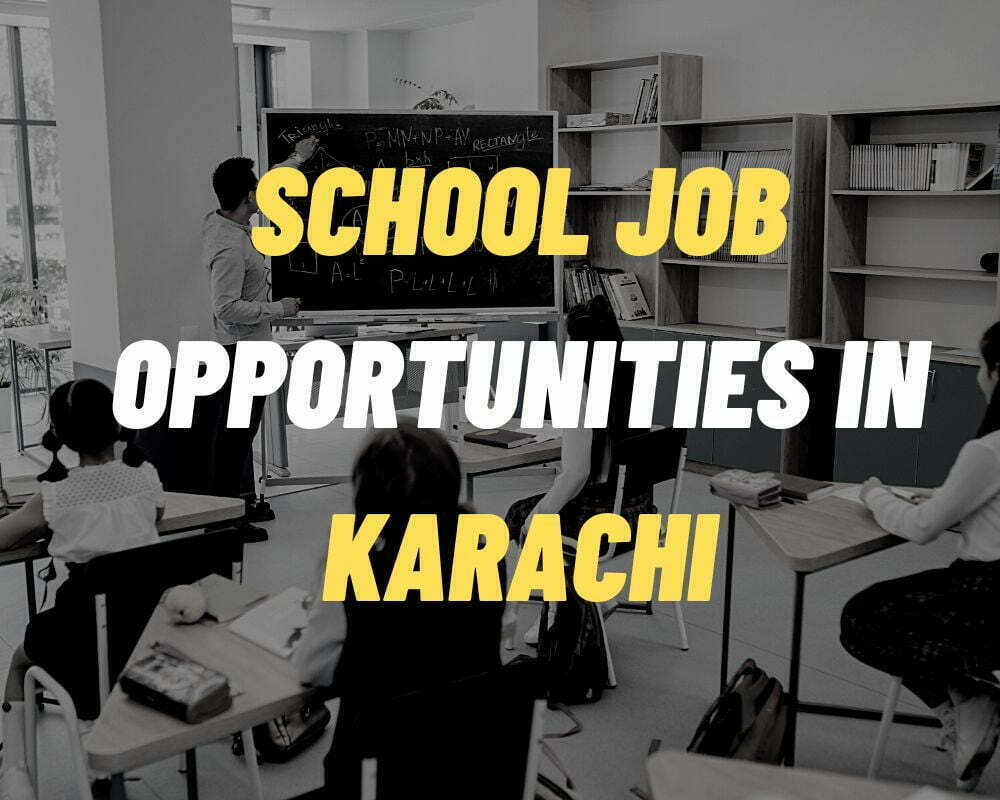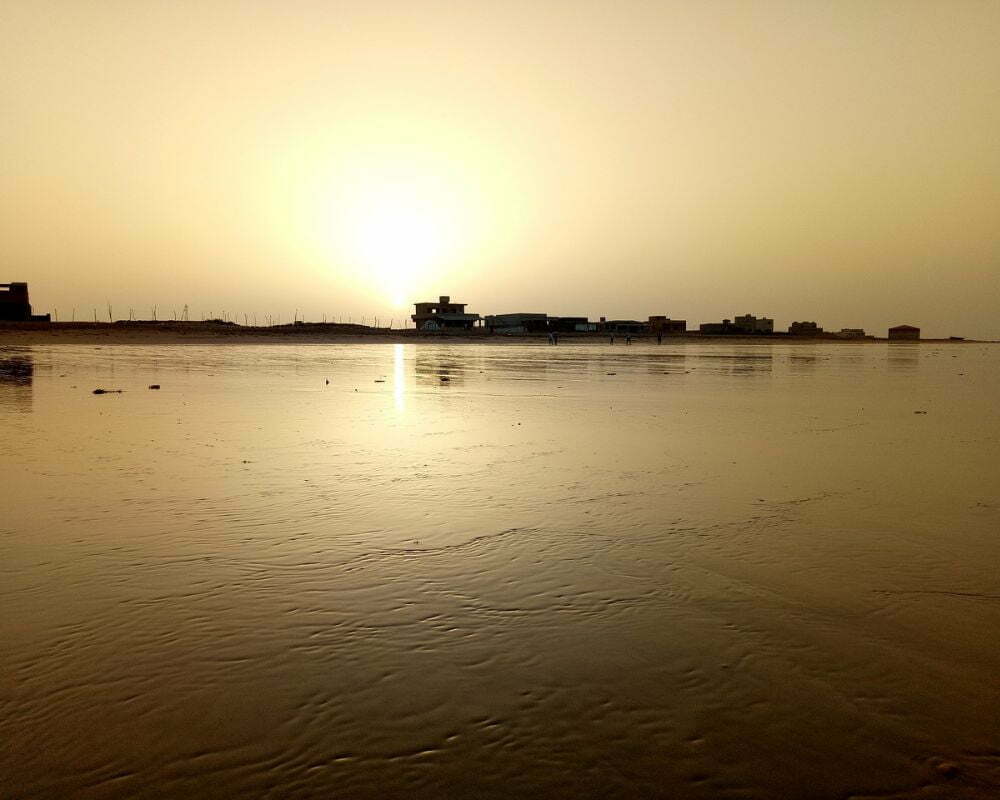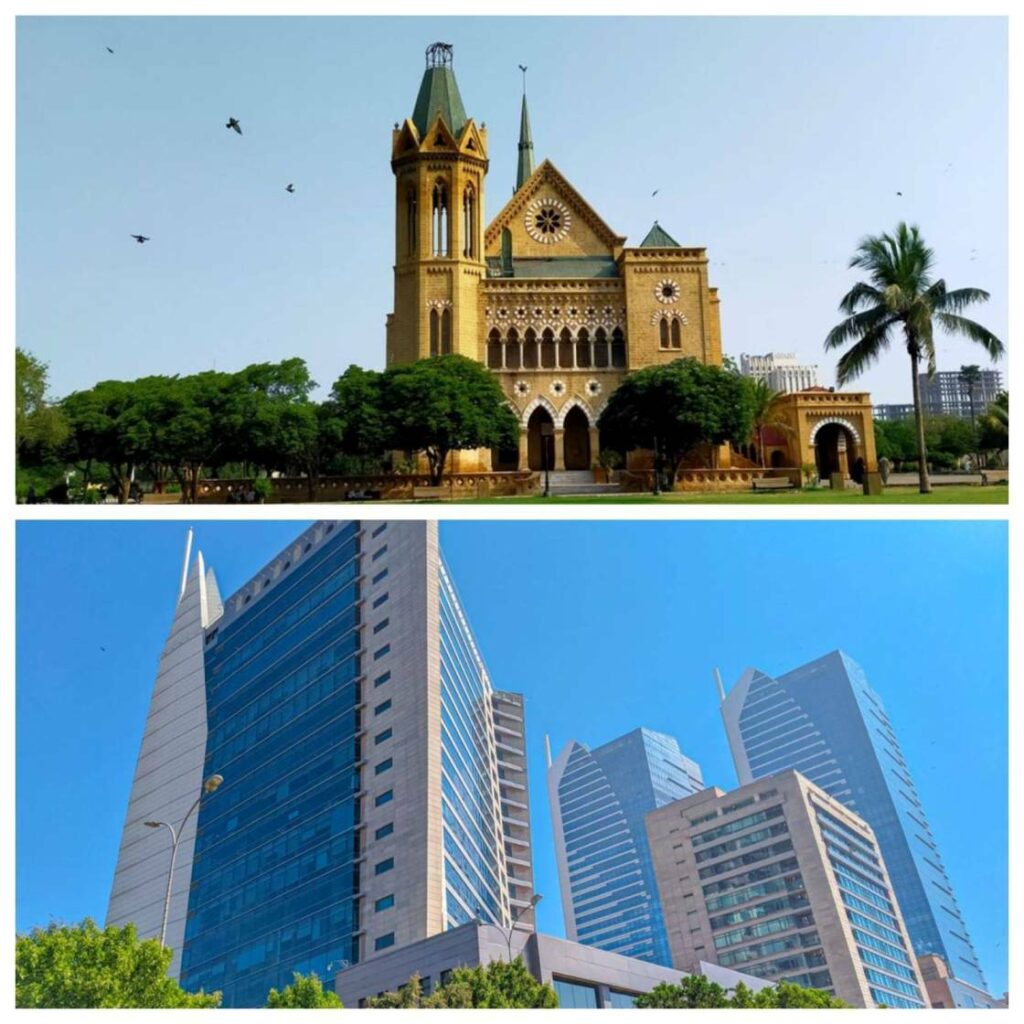Karachi’s Education Sector: A Land of Endless Opportunities for Job Seekers

Karachi, earlier known as Kolachi, is situated on the Arabian Sea shore and has had historical importance for centuries. Archaeological excavations have uncovered a period going back to the Indus Valley civilization, which shows the importance of the port since the Bronze Age. Kolachi was the name of the Village where fishermen lived. Some historians claim it was the name of a fisherwoman well-known as Mai Kolachi. The shores of the Karachi Arabian Sea witnessed the ups and downs of many civilizations, in which Muhammad Bin Qasim’s arrival changed the city’s fate and opened the gate for Islam and Arabs into the region of Sindh. The earliest known inhabitants of the Karachi region were the Sindhi people, who lived in the area around 3,000 BCE. The city was then known as Krokola, an important trade and commerce center.

Treasure of Karachi: Unveiling the Vibrant Tapestry of Its Incredibly Diverse Demography
Karachi is naturally a port city, so it has interlinked with many civilizations, such as Indus, Iranians, the Arabian peninsula, and Africa via Redsea. Because of the port, the demography of Karachi has been very diverse since its birth. There is a mix of population in Karachi which contains different ethnicities, like Urdu speaking, which mostly came after the foundation of Pakistan Sindhis is native peoples. Many other cultural entities live in Karachi, such as Baloch and Bengalis. Iranese, Parsi, and Africans, also known as the Sidhi Makarani population, have the vast majority in Layari. Before the formation of Pakistan British government built this city due to its strategic value, British used it as a port and military base, and Parsi and Gujarati merchants were the two most notable and highly influential communities. Karachi has rich architecture due to the diversity of its population, which contain numerous building and Landmark like Empress Market, Mohatta Palace Saint Patrick Cathedral, Fare hall, Denso Hall, and Merewether Clock Tower.

From Mai Kolachi to Quaid-e-Azam: The Fascinating Evolution of Karachi’s Educational Landscape
In terms of education, several historical buildings are located in Karachi. DJ college, and Karachi Grammar School, are famous. Sindh Madressatul Islam is the city’s first modern school, the Sindh Madressatul Islam, was established in 1885 by Hassan Ali Effendi, a prominent Muslim scholar, and educator. The school taught various subjects, including Arabic, Persian, and Islamic studies. It was instrumental in promoting modern education in the city, which has been granted the status of a university in recent years. Secondly, the school is where the founder of Pakistan, Quaid e Azam Muhammad Ali Jinnah studied.
The educational roots of Karachi are fascinating, just like its history diversifies by many Ethnicities. However, only two have a vast impact on Karachi’s education. First was the British, who founded the Karachi grammar school. The second one was the Parsi, who founded many schools like BVS Parsi High School, Mama Parsi School, and colleges like NED Engineering College. The third one was Hindus, who also established some schools and colleges; D.J. College is very famous because our prominent Nuclear scientist Dr. Abdul Qadeer studied there.

The Modern Era of Karachi Education and Its Economic Importance
Karachi has a rich and diverse educational history, with many institutions that have played an essential role in developing education in Pakistan. Over the years, Karachi has developed a strong reputation for excellence in teaching, with many schools, colleges, and universities offering instruction in a wide range of subjects. The city has several prestigious private schools and outstanding well-respected public and private school systems. Moreover, the education industry in Karachi positively impacts the city’s economy by creating a skilled and educated workforce. This, in turn, helps attract investment and promote economic growth in various industries, including technology, healthcare, and finance.
Jobs Opportunities in Karachi Schools
Karachi has many schools, ranging from small community-run institutions to large, well-respected private and public schools. These schools employ diverse professionals, including teachers, administrators, support staff, and researchers. The availability of jobs in Karachi schools has significant importance for the city’s economy and education system.
Firstly, jobs in Karachi schools are an essential source of employment for many people. Teachers are the backbone of the education system and play a vital role in shaping the country’s future by imparting knowledge and skills to the next generation. Other staff members, such as administrators, support staff, and researchers, also play essential roles in ensuring that schools run smoothly and effectively.
Moreover, jobs in Karachi schools help attract and retain skilled professionals in the education sector which generates around 10 to 20 percent revenue of Karachi. We have brief data on Karachi schools and their Job appointments, so we describe it here for our viewer betterment, especially for those who want school jobs.
| Names of school | School level and Programs offered and board affiliations | Types of Job you can find there | Estimated pay scales |
|---|---|---|---|
| The City School | Kindergarten to high / O-level A-level Cambridge board | Teacher, lab Assistant administration, Principal, Instructor | 25000 to 62000 |
| The Beacon House School | Kindergarten to high / O-level A-level Cambridge board | Teacher, lab Assistant administration, Principal, Instructor | 22000 to 50000 |
| The Karachi Grammar School | Kindergarten to high / O-level A-level Cambridge board | Teacher, lab Assistant administration, Principal | 40000 to 80000 |
| The Mama Parsi School | Kindergarten to high / O-level A-level Cambridge board , Matric board | Teacher, lab Assistant administration, Principal | 25000 to 45000 |
| Dawood Public School | Kindergarten to high / O-level A-level Cambridge board , Matric board | Teacher, lab Assistant administration, Principal | 25000 to 53000 |
| The Karachi Public School | Kindergarten to high / O-level A-level Cambridge board , Matric board | Teacher, lab Assistant administration, Principal | 25000 to 45000 |
| Happy Home School | Kindergarten to high / O-level A-level Cambridge board , Matric board | Teacher, lab Assistant administration, Principal | 40000 to 45000 |
| Happy Palace Grammar School | Kindergarten to high / O-level A-level Cambridge board , Matric board | Teacher, lab Assistant administration, Principal | 18,000 to 45000 |
| Shaheen Public School | Kindergarten to high / O-level A-level Cambridge board , Matric board | Teacher, lab Assistant administration, Principal | 20000 to 45000 |
| The Generation School | Kindergarten to high / O-level A-level Cambridge board , Matric board | Teacher, lab Assistant administration, Principal | 40,000 to 65000 |
| Agha Khan School | Kindergarten to high / O-level A-level Cambridge board , Agha Khan board | Teacher, lab Assistant administration, Principal | 25000 to 45000 |
| The Smart School | Kindergarten to high / O-level A-level Cambridge board , Matric board | Teacher, lab Assistant administration, Principal | 18000 to 40,000 |
| The Educator School | Kindergarten to high / O-level A-level Cambridge board , Matric board | Teacher, lab Assistant administration, Principal | 19000 to 50000 |
| White House Grammar School | Kindergarten to high / O-level A-level Cambridge board , Matric board | Teacher, lab Assistant administration, Principal | 25000 to 45000 |
| Shah Wilayat School | Kindergarten to high / O-level A-level Cambridge board , Agha Khan Board | Teacher, lab Assistant administration, Principal | 25000 to 50000 |
| Sadequain Grammar School | Kindergarten to high / O-level A-level Cambridge board , Matric board | 20000 to 45000 |
The Ending Note
Karachi’s rich history and diverse cultural roots have contributed to the development of its education system. The city’s strategic location as a port has attracted many civilizations over the centuries, leading to a mix of populations and ethnicities that have shaped its education landscape. The British, Parsi, and Hindu communities have significantly impacted the development of schools and colleges in Karachi. Today, the city boasts many prestigious schools, colleges, and universities that provide instruction in various subjects, making Karachi a hub for education in Pakistan. The education industry has also contributed positively to the city’s economy, creating job opportunities and promoting economic growth in various sectors. With its rich educational history and thriving education industry, Karachi plays a vital role in shaping Pakistan’s future.







Very comprehensive guide. Thanks for sharing this with us.